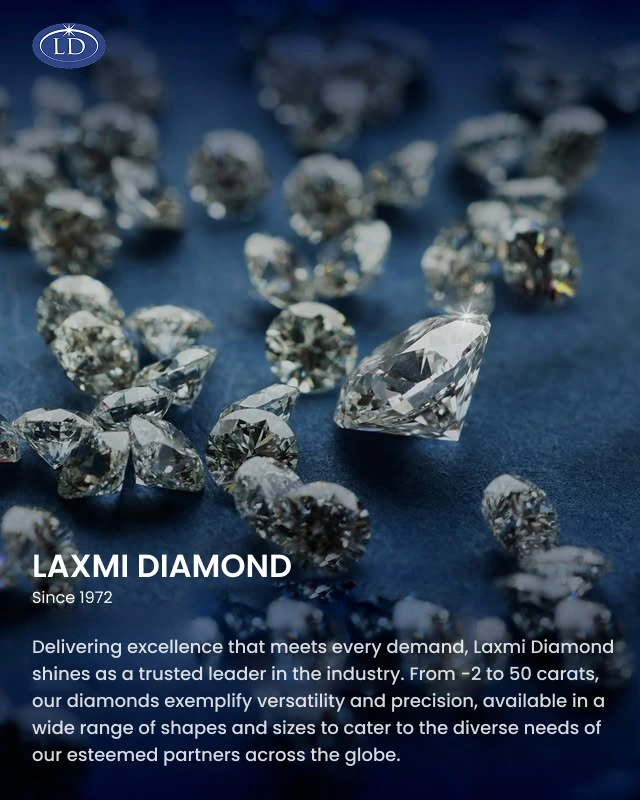
Diamond Authentication and Fraud Prevention
Diamonds are often seen as symbols of luxury and timeless elegance. In recent years, there has been a rise of fraud in diamonds and deceptive practices. We'll explore the latest technologies used to authenticate diamonds. Consumers can play a crucial role in protecting themselves and others from these scams. We'll provide insights into how consumers can educate themselves and make informed decisions when buying diamonds. By understanding the need for diamond authentication and fraud prevention, both industry players and consumers can contribute to a more transparent diamond market.
Emerging Technologies in Diamond Authentication
Blockchain technology, known for its secure and transparent ledger system, is being adopted to create digital records of a diamond's journey from mine to market. This not only enhances traceability but also provides a way to verify a diamond's authenticity and ethical sourcing. Moreover, blockchain allows consumers to access detailed information about a diamond's characteristics, certifications, and provenance, instilling confidence and trust in their purchase.
Advanced spectroscopic techniques can detect synthetic diamonds, treatments, and enhancements, ensuring buyers receive natural and untreated gems. Spectroscopy aids in identifying specific diamond characteristics like fluorescence and colour, enabling precise grading and valuation.

It allows for precise analysis of a diamond's chemical composition and characteristics, helping to detect synthetic diamonds and treatments that may not be apparent to the naked eye.
These technologies play a crucial role in fraud prevention by providing accurate and objective data that can be used to verify the authenticity and quality of diamonds, thereby safeguarding the reputation of the diamond industry and ensuring consumer confidence in diamond purchases.
Consumer Education and Awareness
Consumer education and awareness play pivotal roles in safeguarding against scams in the diamond industry. By understanding the diamond grading, including the 4Cs, consumers can make informed decisions and identify discrepancies that may signal a counterfeit or misrepresented diamond.
Moreover, educating consumers about reputable diamond retailers, and industry certifications like GIA (Gemological Institute of America), I.G.I. (International Gemological Institute), HRD (Hoge Raad voor Diamant) and the importance of obtaining a diamond's certification and origin details can significantly reduce the risk of falling victim to scams.

Additionally, informing the buyers about the ethical and environmental aspects of diamond mining, such as conflict-free sourcing and sustainability practices, can further enhance consumer trust and promote responsible purchasing decisions.
Ultimately, by fostering a culture of consumer education and awareness, the diamond industry can work collaboratively with consumers to combat scams and uphold the integrity of diamonds.








